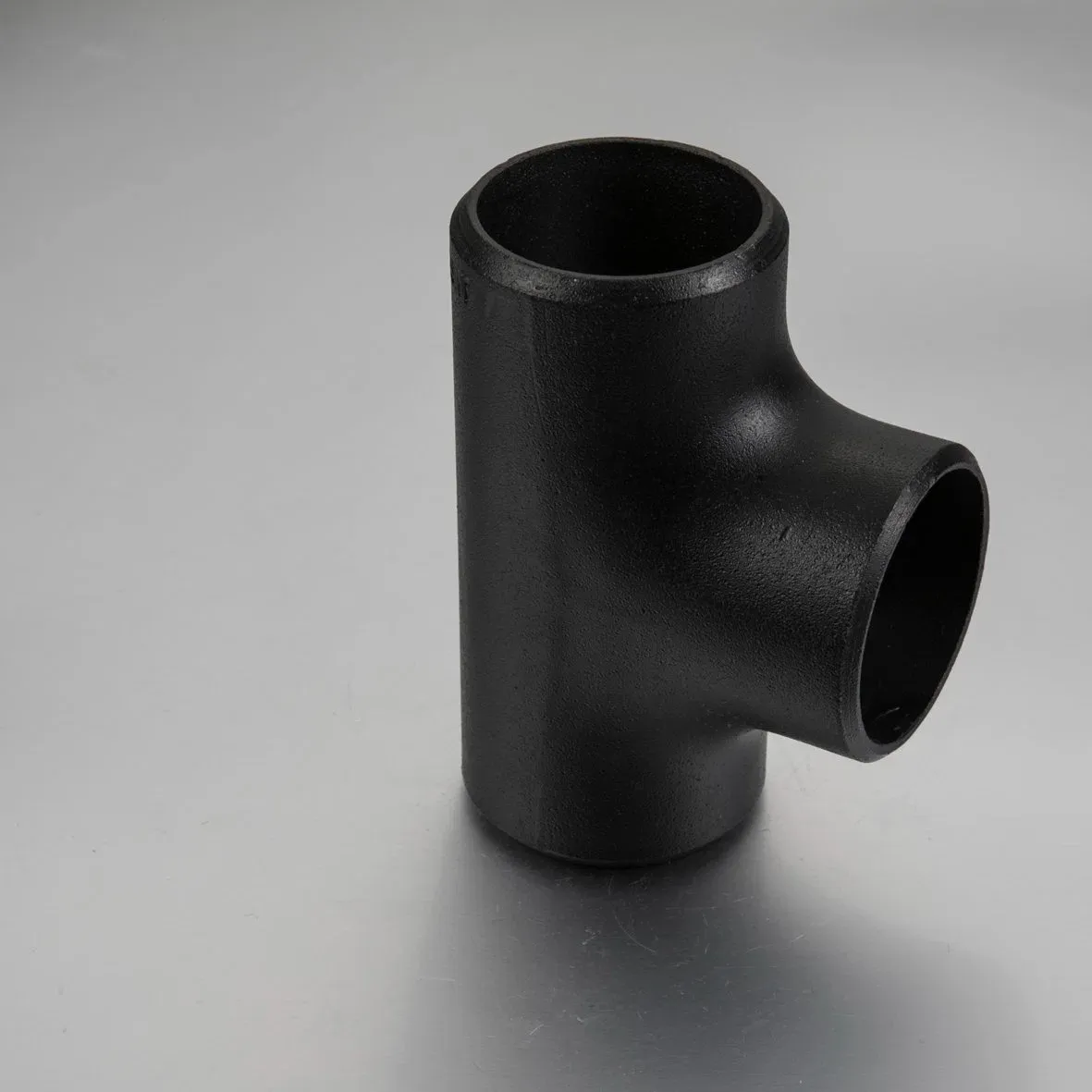-
Cangzhou Yulong Steel Co., Ltd.
-
Phone:
+86 13303177267 -
Email:
admin@ylsteelfittings.com
- English
- Arabic
- Italian
- Spanish
- Portuguese
- German
- kazakh
- Persian
- Greek
- French
- Russian
- Polish
- Thai
- Indonesian
- Vietnamese
- Zulu
- Korean
- Uzbek
- Hindi
- Serbian
- Malay
- Ukrainian
- Gujarati
- Haitian Creole
- hausa
- hawaiian
- Hebrew
- Miao
- Hungarian
- Icelandic
- igbo
- irish
- Japanese
- Javanese
- Kannada
- Khmer
- Rwandese
- Afrikaans
- Albanian
- Amharic
- Armenian
- Azerbaijani
- Basque
- Belarusian
- Bengali
- Bosnian
- Bulgarian
- Catalan
- Cebuano
- China
- China (Taiwan)
- Corsican
- Croatian
- Czech
- Danish
- Esperanto
- Estonian
- Finnish
- Frisian
- Galician
- Georgian
- Kurdish
- Kyrgyz
- Lao
- Latin
- Latvian
- Lithuanian
- Luxembourgish
- Macedonian
- Malgashi
- Malayalam
- Maltese
- Maori
- Marathi
- Mongolian
- Myanmar
- Nepali
- Norwegian
- Norwegian
- Occitan
- Pashto
- Dutch
- Punjabi
- Romanian
- Samoan
- Scottish Gaelic
- Sesotho
- Shona
- Sindhi
- Sinhala
- Slovak
- Slovenian
- Somali
- Sundanese
- Swahili
- Swedish
- Tagalog
- Tajik
- Tamil
- Tatar
- Telugu
- Turkish
- Turkmen
- Urdu
- Uighur
- Welsh
- Bantu
- Yiddish
- Yoruba

Oct . 16, 2024 09:53 Back to list
EN 1092-1 Gasket Dimension Specifications for Industrial Applications
Understanding EN 1092-1 Gasket Dimensions
When it comes to flanged connections in various engineering and industrial applications, the sealing integrity provided by gaskets is crucial. EN 1092-1 is a European standard that sets out the specifications for flanges and their associated gaskets, particularly focusing on dimensions, tolerances, and material requirements. Understanding these dimensions is vital for engineers, manufacturers, and maintenance personnel involved in the design and upkeep of piping systems.
Overview of EN 1092-1
EN 1092-1 specifies the characteristics of circular flanges, including those used in piping, which feature different pressure ratings and nominal sizes. The standard is recognized in several industries, including oil and gas, water treatment, and chemical processing. The main objective of this standard is to ensure compatibility and interchangeability between different manufacturers, ultimately leading to enhanced safety and reliability in system operations.
Gasket Types and Their Importance
Gaskets play a critical role in ensuring a proper seal between flanged joints. There are various types of gaskets used under the EN 1092-1 standard, which include full-face gaskets, ring gaskets, and spiral wound gaskets. Selecting the appropriate gasket type depends on several factors such as medium type (liquid or gas), operating temperature, pressure conditions, and flange material.
The gasket dimensions specified in EN 1092-1 are designed to provide a balance of ease of installation, sealing capacity, and resilience under pressure. It is essential to ensure the correct dimensions are used, as improper gasket sizing can lead to leaks, failures, and catastrophic failures in various systems.
Key Gasket Dimensions
When selecting gaskets according to EN 1092-1, it is important to consider the following dimensions
2. Inner Diameter (ID) The width of the central opening of the gasket, which needs to be compatible with the pipe size.
en 1092 1 gasket dimensions

3. Thickness This dimension impacts the compressibility and the ability of the gasket to create a seal under pressure. Thicker gaskets can absorb more irregularities on the flange surface but may also require more bolting force to achieve a tight seal.
4. Bolt Hole Diameter Gasket designs incorporate bolt hole dimensions to align accurately with the corresponding bolt patterns of the flanges. This ensures that the gasket stays in place during installation and operation.
These dimensions must conform to the specific requirements outlined in EN 1092-1 to ensure adequate sealing performance.
Material Considerations
The material used for gaskets is equally significant as the dimensions. Common materials include rubber, polymers, graphite, and metal for high-temperature applications. The selection of a proper material must consider chemical compatibility with the media being transported, environmental conditions, and temperature limits.
Installation and Maintenance
Proper installation practices are essential for achieving a reliable seal. It is critical to clean the flange surfaces meticulously to remove any debris or irregularities that could hinder the gasket's performance. When tightening the bolts, consistent torque should be applied in a crisscross pattern to evenly distribute pressure across the gasket.
Moreover, regular inspection and maintenance of gaskets are necessary, especially in high-pressure or corrosive applications, to prevent leaks and failures. Engineers should be trained to assess the condition of gaskets and replace them as needed according to operational guidelines.
Conclusion
Understanding EN 1092-1 gasket dimensions is crucial for anyone involved in the design, manufacturing, or maintenance of flanged piping systems. Ensuring compatibility and proper sizing not only improves the reliability and safety of the system but also contributes to operational efficiency. As industries continue to evolve, adhering to standardized practices such as those outlined in EN 1092-1 remains vital for maintaining safety and performance in the ever-demanding environment of engineering and industry.
Latest news
-
ANSI 150P SS304 SO FLANGE
NewsFeb.14,2025
-
ASTM A333GR6 STEEL PIPE
NewsJan.20,2025
-
ANSI B16.5 WELDING NECK FLANGE
NewsJan.15,2026
-
ANSI B16.5 SLIP-ON FLANGE
NewsApr.19,2024
-
SABS 1123 FLANGE
NewsJan.15,2025
-
DIN86044 PLATE FLANGE
NewsApr.19,2024
-
DIN2527 BLIND FLANGE
NewsApr.12,2024
-
JIS B2311 Butt-Welding Fittings LR/SR 45°/90° /180°Seamless/Weld
NewsApr.23,2024











